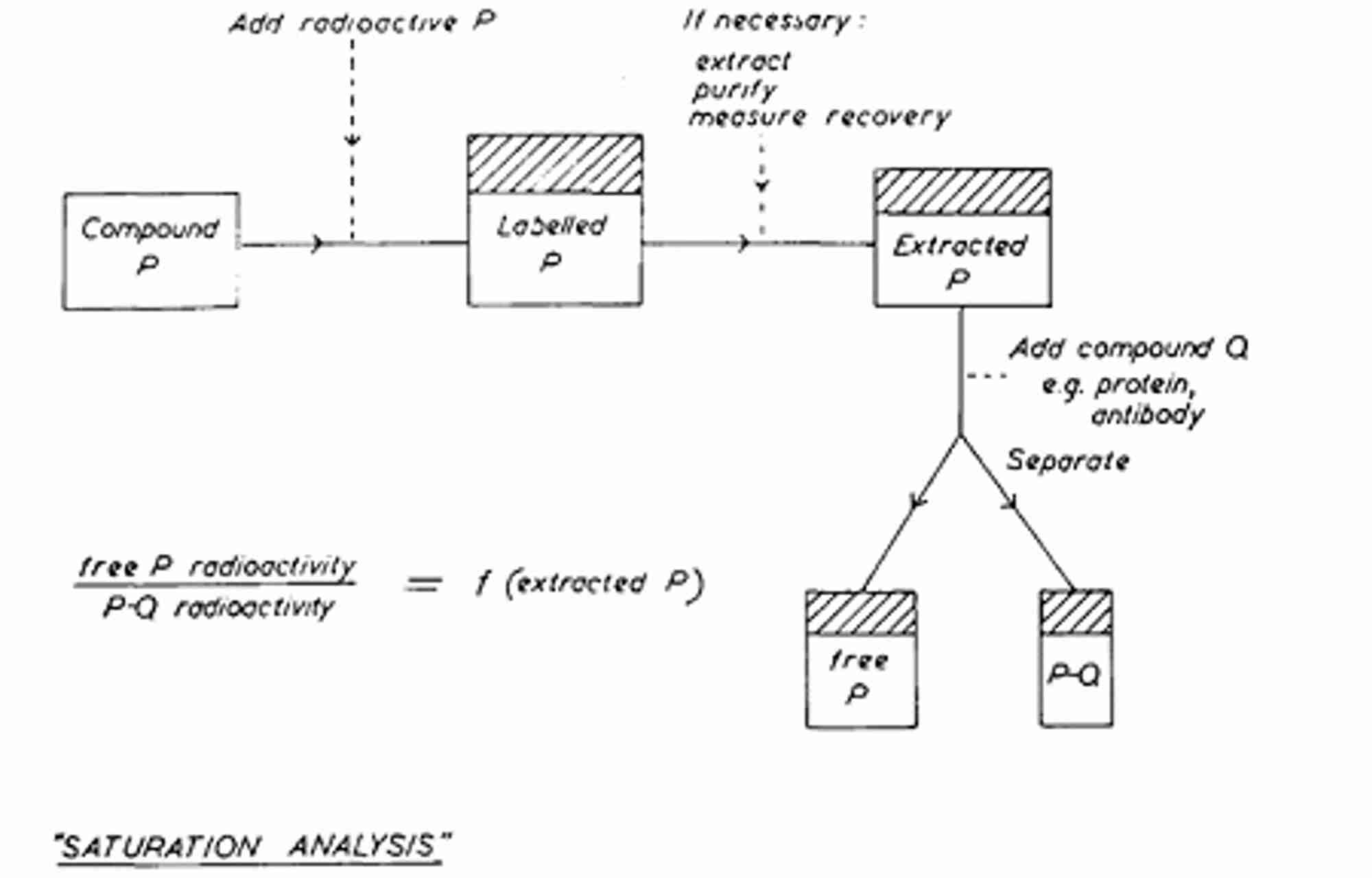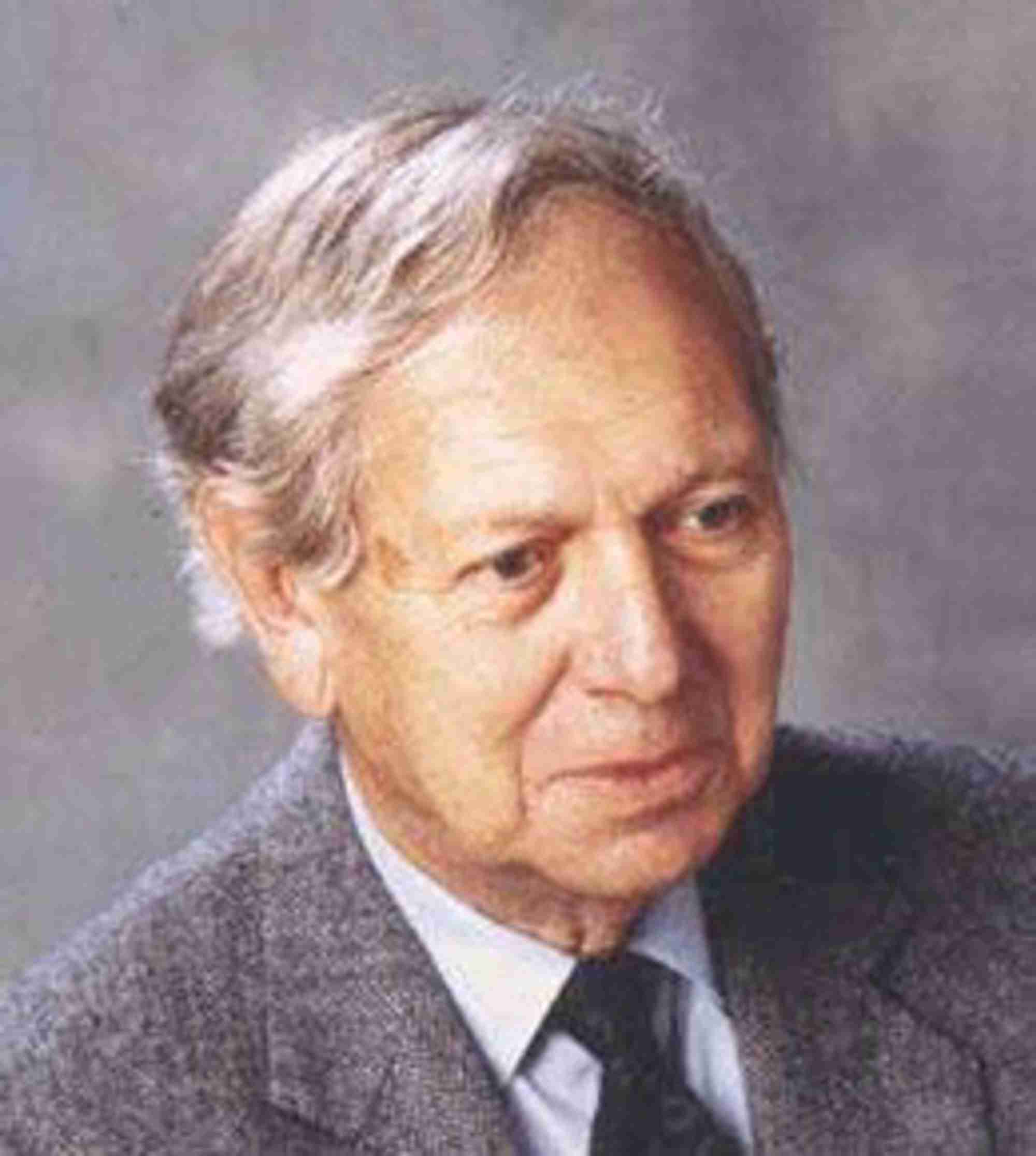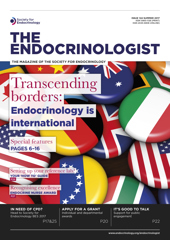Professor Roger Ekins FRS died peacefully on 26 July 2016 at almost 90 years of age, leaving a legacy of his pioneering work in saturation analysis and related methodology. His contribution as an outstanding physicist turned physiologist is immeasurable. Roger first applied physics to medicine with the determination of electrolytes. Throughout his career, he developed and emphasised the need for elegance and simplicity in quantitative measurement.
In 1960, Ekins reported the scope for analysis of thyroxine in plasma using an electrophoretic technique, a measurement of immense clinical significance. Thyroxine in serum was first extracted three times into butanol and then measured electrophoretically by the shift of the hormone from thyroid-binding globulin to the albumin fraction. He invented particular methodologies for the measurement of other compounds present in biological fluids in very small amounts (for example, vitamin B12, and insulin in blood).
He introduced the general term ‘saturation analysis’ in 1962, in recognition of the dependence on progressive saturation of the specific reactant involved. He developed the mathematics of the general theory of saturation assay, that is, of the factors that determine the distribution of bound and free forms of identifiable ligand across limited amounts of binding agent.

Figure 1. Fundamental principles of saturation analysis
The fundamental approach is shown in Figure 1, in which P represents the compound to be assayed and Q the specific saturable reactant (binding protein, antibody or enzyme). He recognised that if Q is held constant and if P is allowed to react with Q in a range of concentrations, then the ratio of bound or reacted P to free or unreacted P is a function of the total initial concentration of P in the system.
In 1960, Rosalyn Yalow and Solomon Berson in New York, USA, had published a radioimmunoassay technique for insulin. Berson and Yalow extended their success to other hormones, such as adrenocorticotrophin, gastrin, growth hormone and parathyroid hormone, with significant discoveries in their physiology along the way. Tragically Berson died in 1972, and it was Rosalyn Yalow alone who was awarded the Nobel Prize for Physiology or Medicine in 1977, an award that many in the UK thought would have been appropriate to have been shared with Roger.
Roger Ekins defined mechanisms that underlie crucial effects exerted by maternal hormones on the early development of the fetal brain. These theoretical ideas and their practical application were pursued mainly in collaboration with endocrinologists at the Middlesex Hospital in London. In 1973, Ekins, along with six other laboratories, launched the SupraRegional Assay Service to offer specialist diagnostic testing, because of their analytical expertise and a thorough knowledge of the clinical application and interpretation of the tests they provided. Over many years, he studied thyroxine in bound and free form and was prominent in the debate around the accuracy of commercial assays for free thyroxine.
'Throughout his career, he developed and emphasised the need for elegance and simplicity in quantitative measurement'
The field of endocrinology, from this start, has advanced over 60 years because hormones could be measured in biological fluids. These techniques had a revolutionary impact on medicine, creating the $10 billion industry now called immunodiagnostics.
In addition, in the 1980s, Roger pioneered a technology of microarrays that eliminates the need for accurate sample volume measurement and permits simultaneous determination of the concentrations of thousands of substances, such as hormones, viruses and genes, from a drop or two of blood. This led to his receipt of a Prince of Wales Award for Innovation. The associated technology is predicted to form the basis of a $40 billion industry within the next decade.
Roger Ekins was a genius, a highly intelligent, enthusiastic and dedicated scientist. He was in good company at The Middlesex Hospital, which was famous for several discoveries and inventions, including the identification of aldosterone, thyroglobulin autoantibodies and autoimmune disease. Many of his students excelled from his mentoring.
Professor Ekins received many awards that recognised his achievements in clinical chemistry and endocrinology, and was elected a Fellow of the Royal Society in 2001. His spirit will live on for generations, because his scientific principles continue in the basis of many analytical techniques that are so important in healthcare and medicine, with immense human and commercial value.
John Honour and Howard Jacobs







